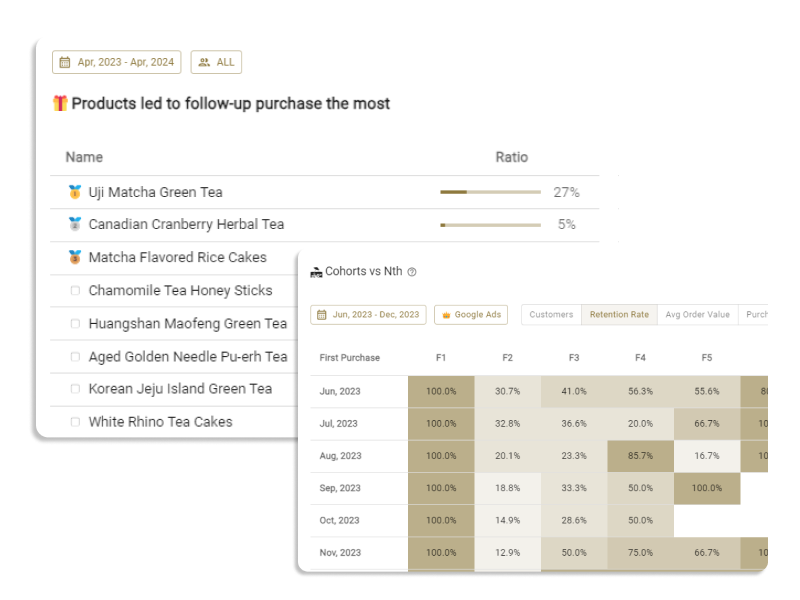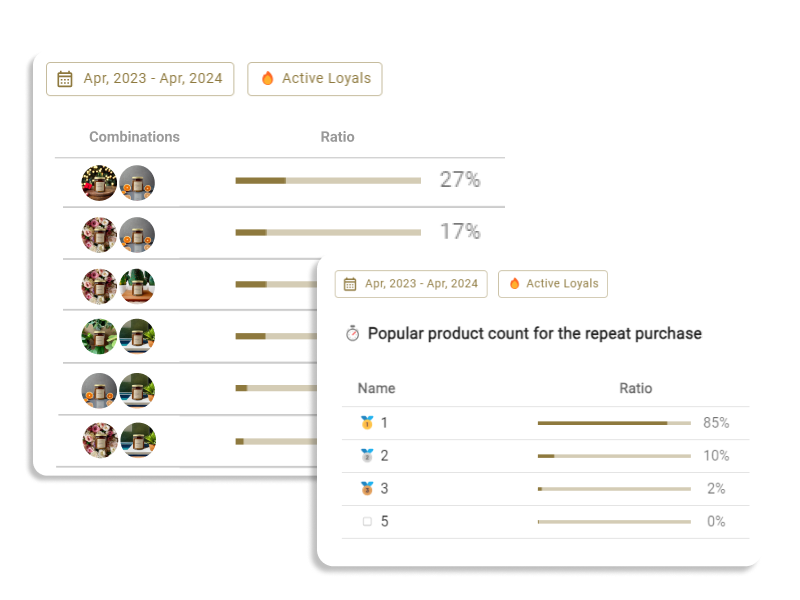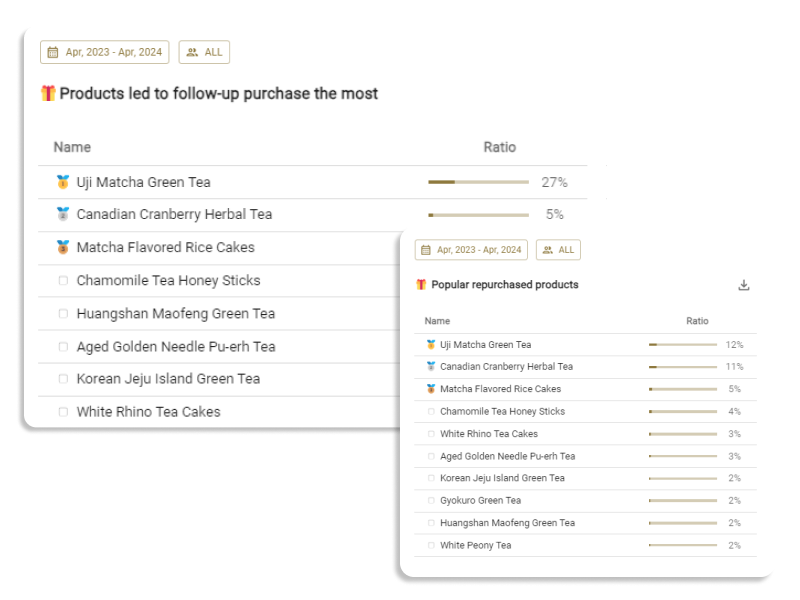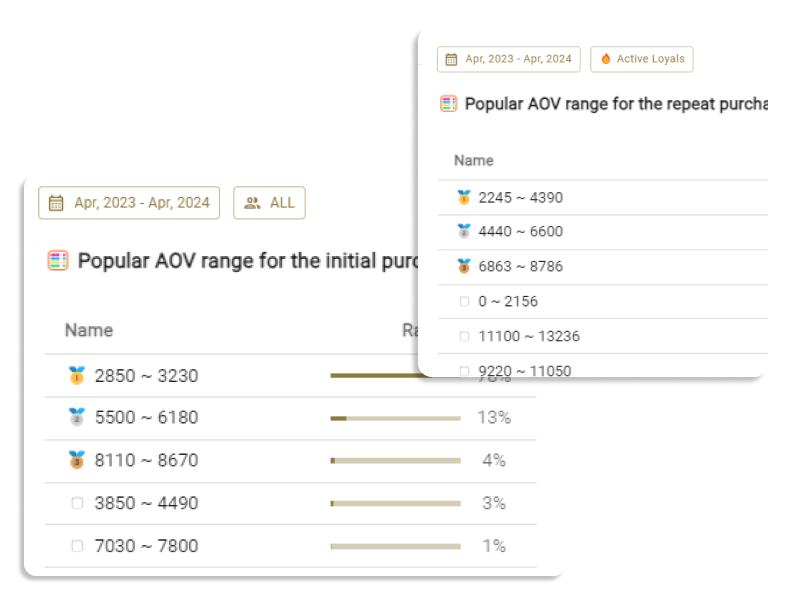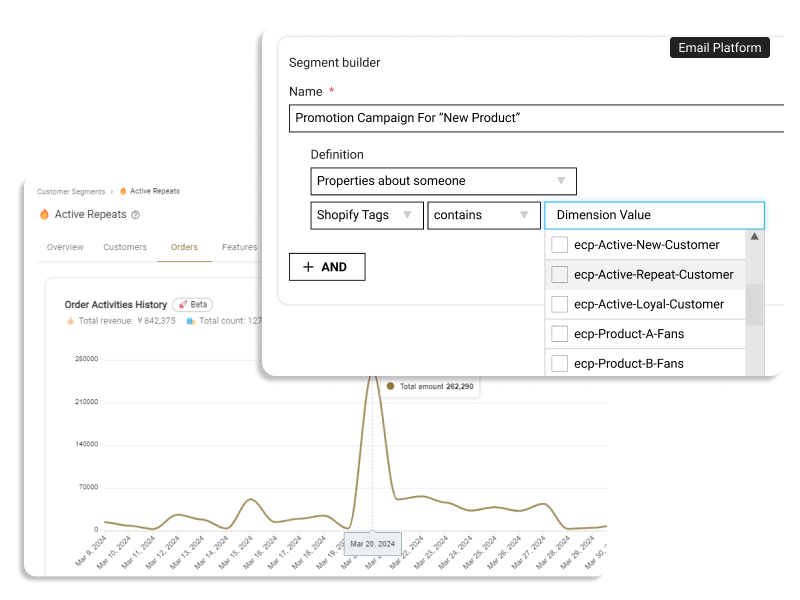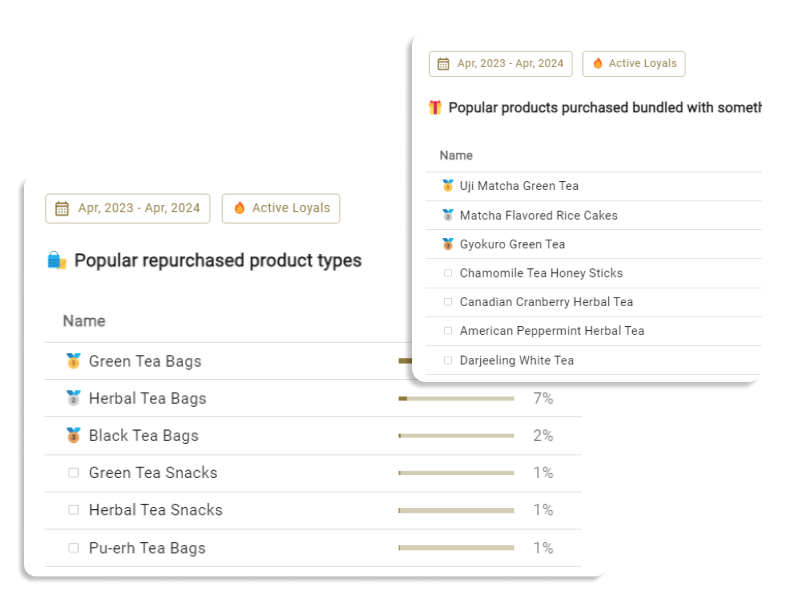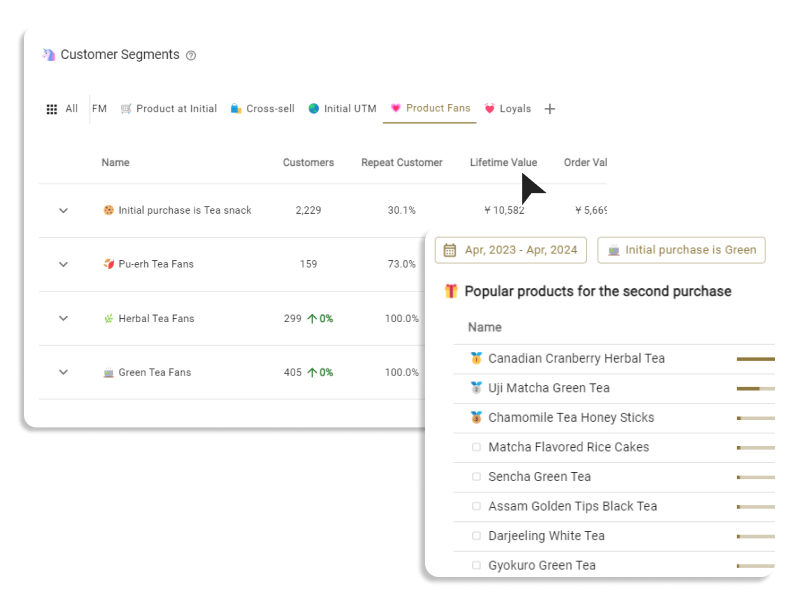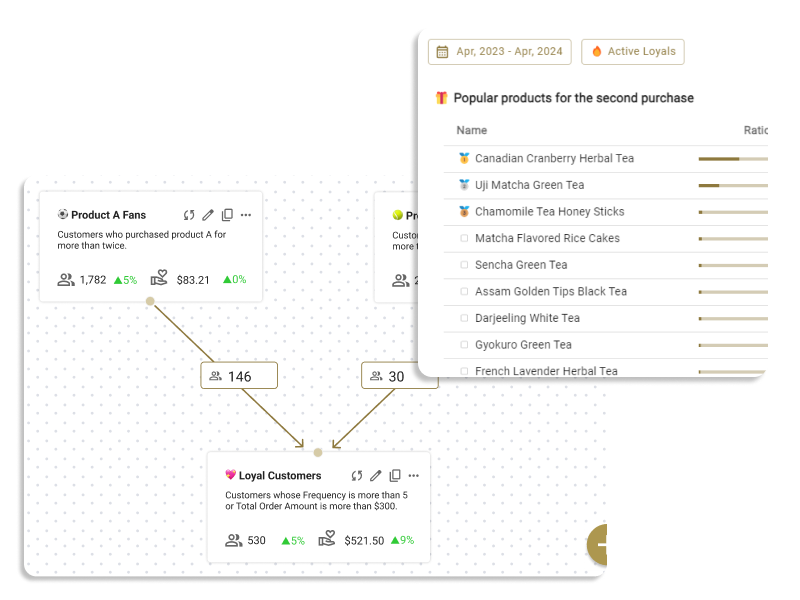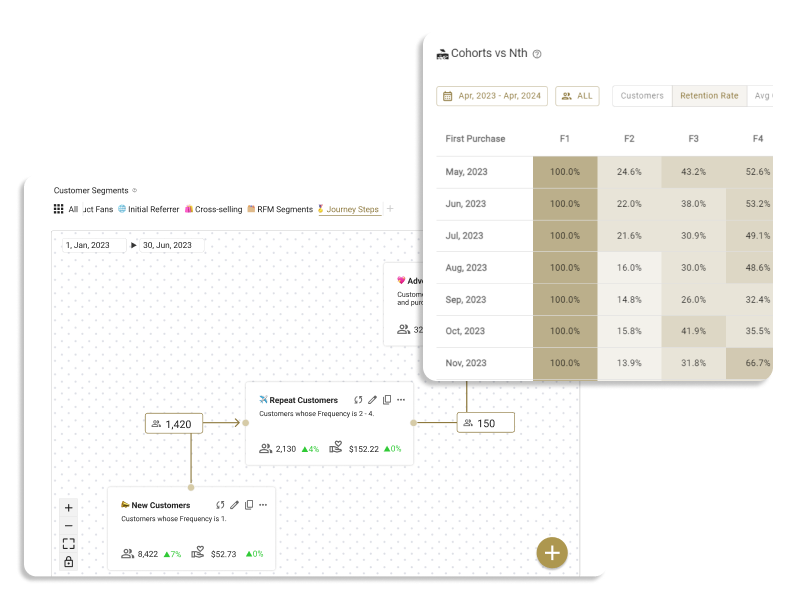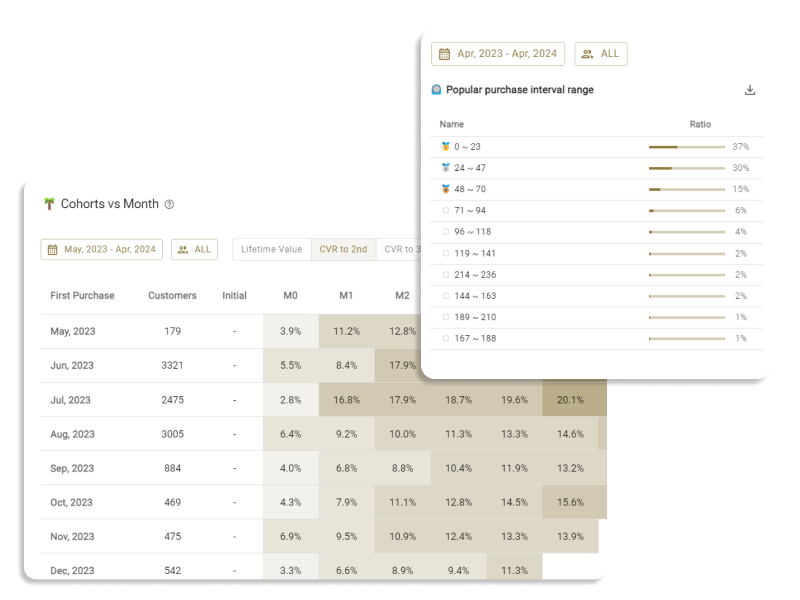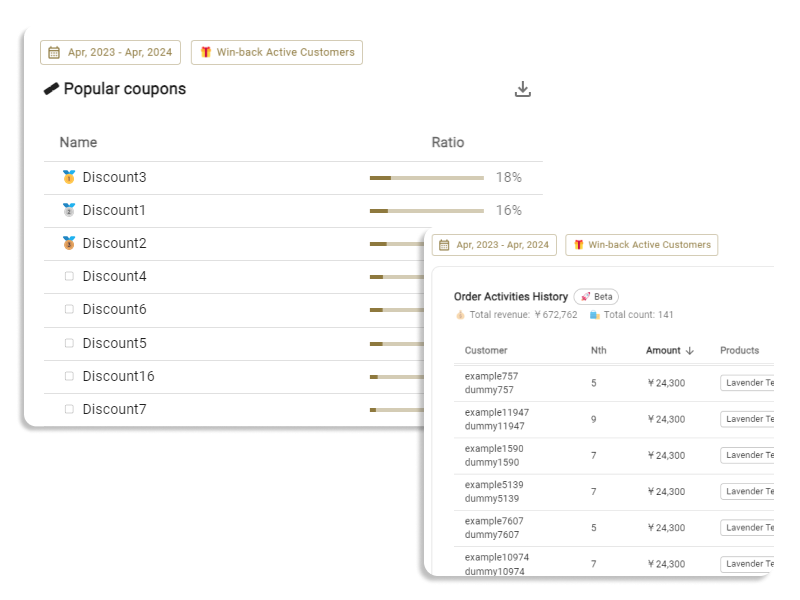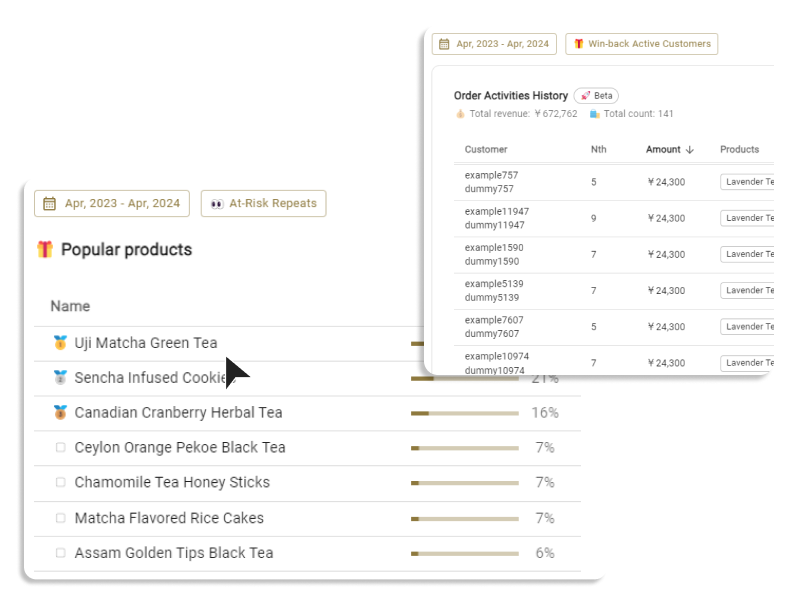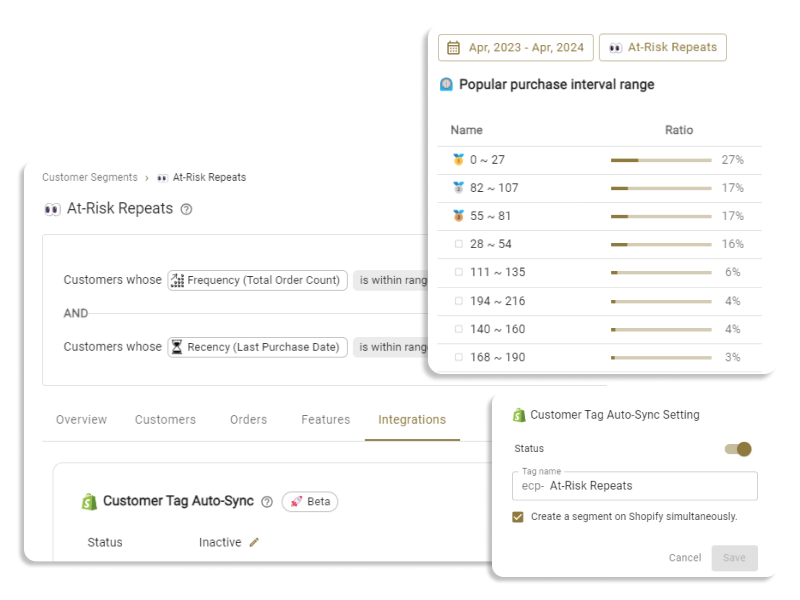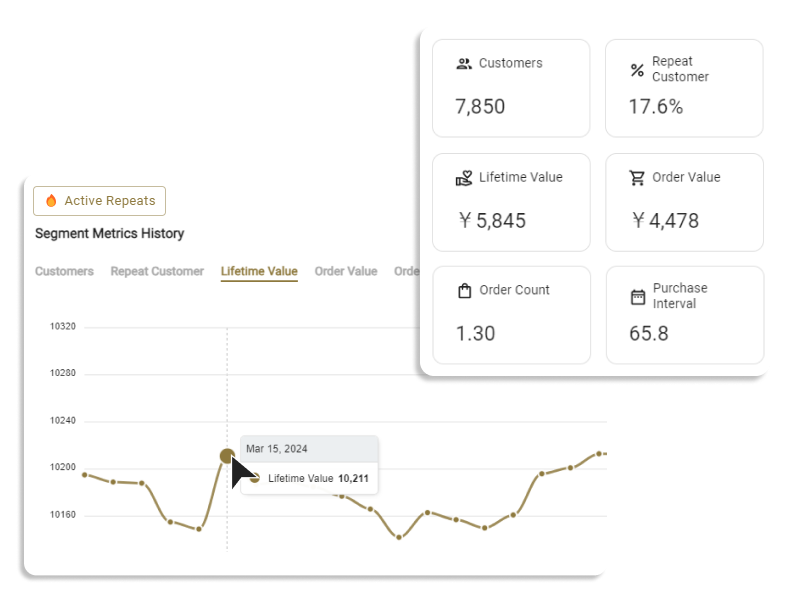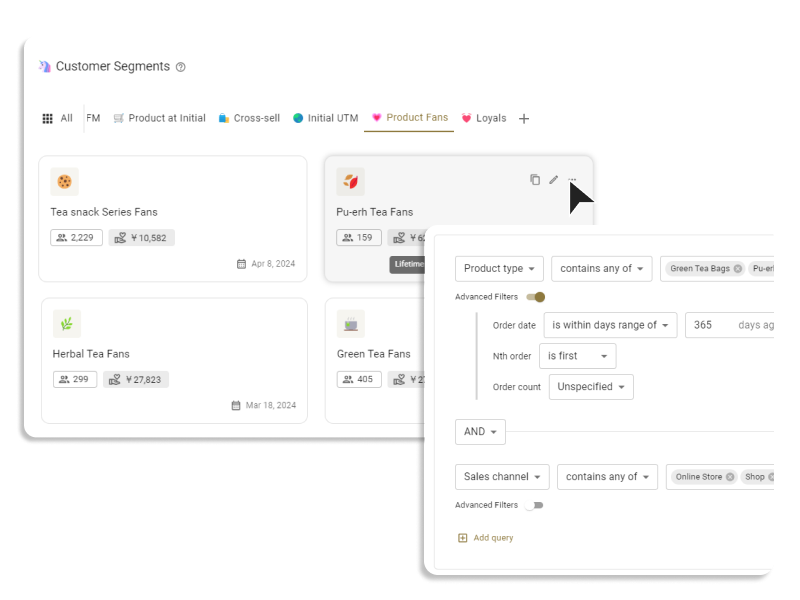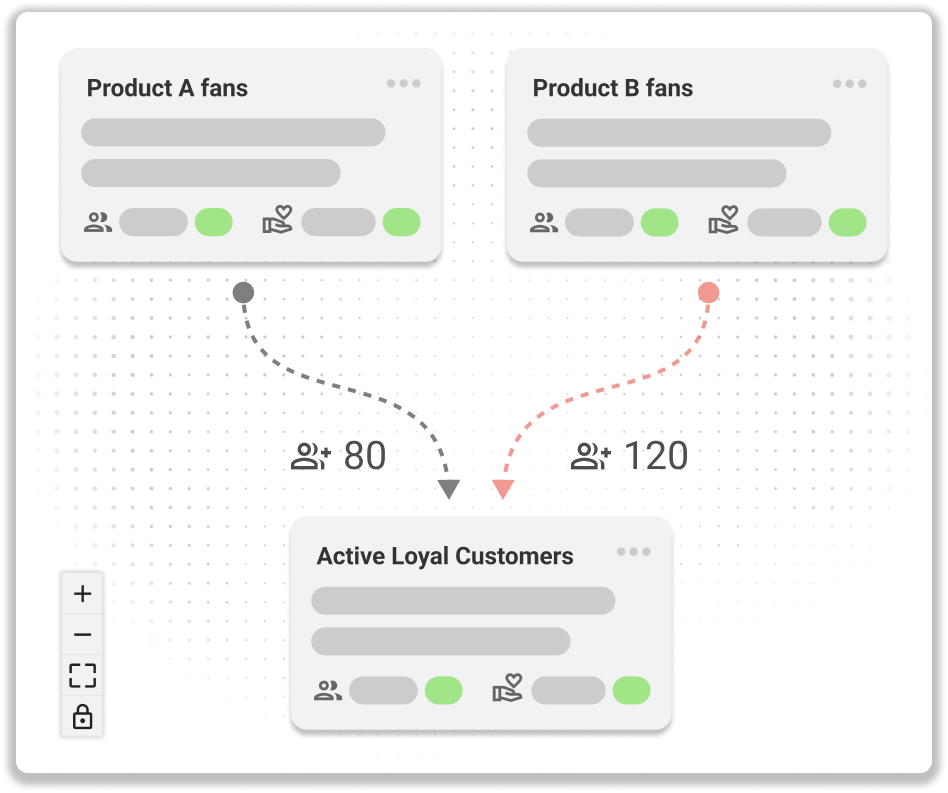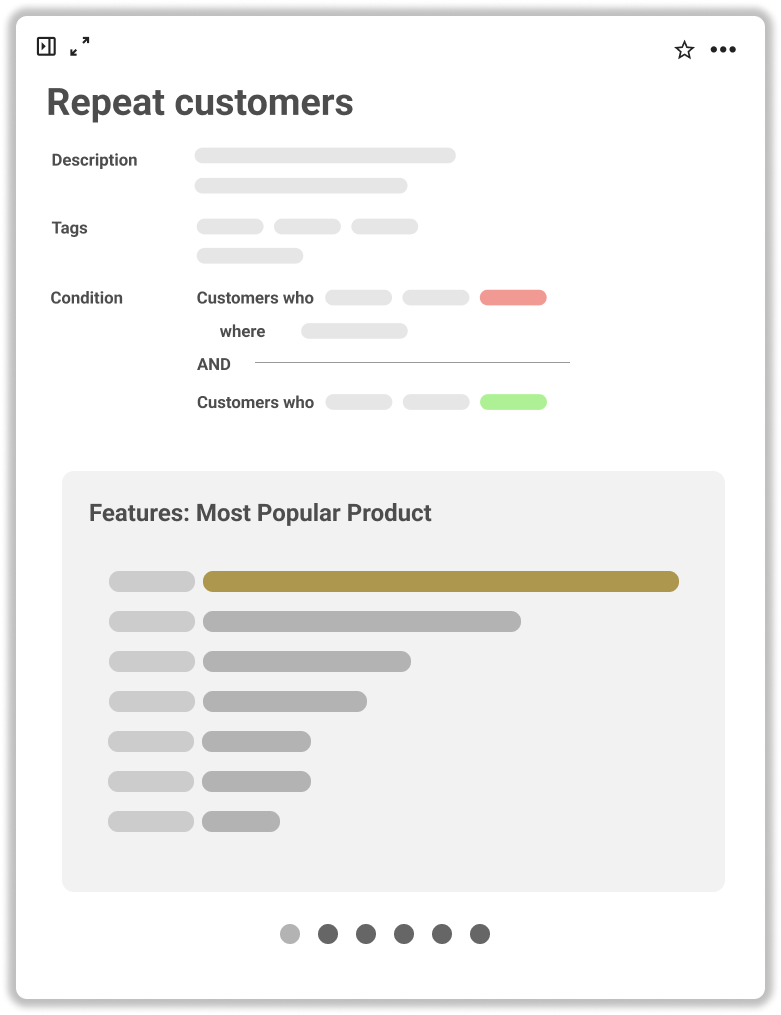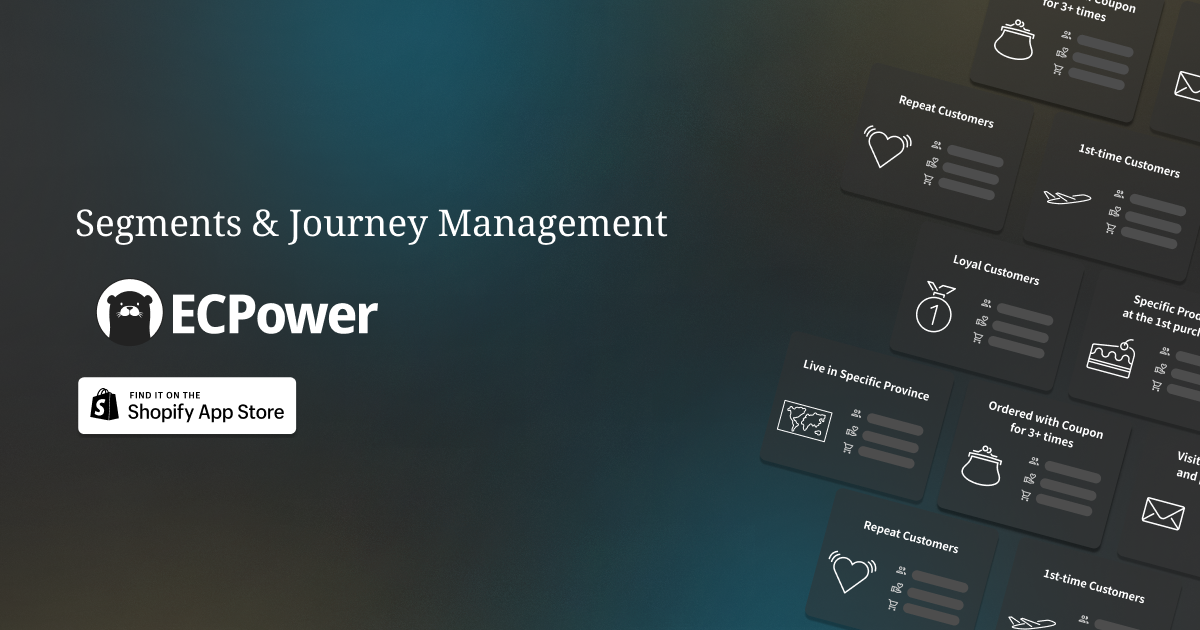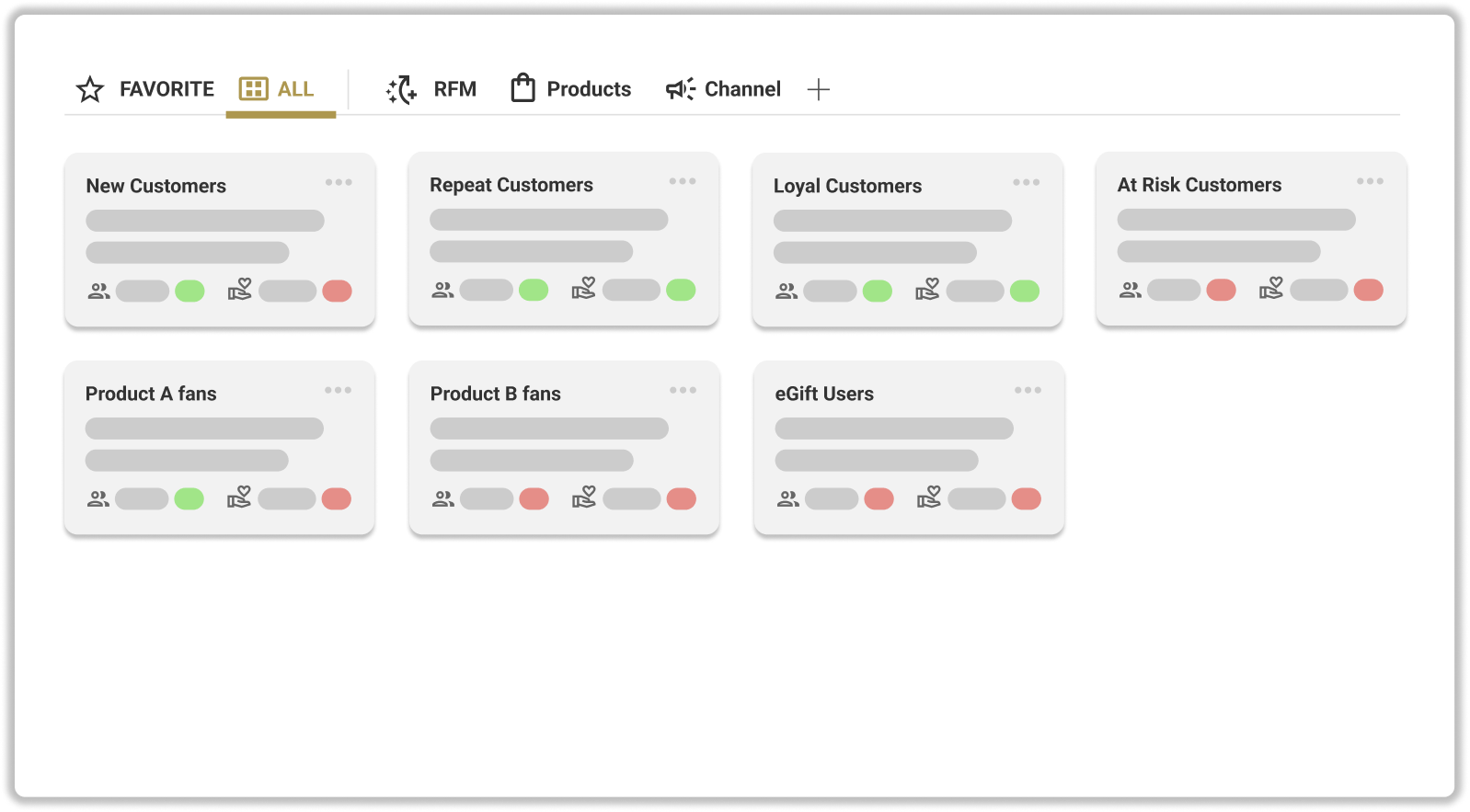Introduction
The importance of email marketing for existing customers has been increasing lately. This article explains how eCommerce marketers can use Klaviyo to enhance the lifetime value of your store.
Why is Email Marketing Important and How to Choose the Best Tool?
What is email marketing in eCommerce?
Email marketing is the practice of using email to promote products or services, and to stay in contact and engage with customers. This includes "email newsletters," which are sent as part of email marketing campaigns with the goal of promoting sales through targeted and personalized messages. Email marketing is especially valuable in eCommerce for maintaining relationships with existing customers and encouraging repeat purchases.
Reference article:
Why is email marketing so important in eCommerce?
The importance of email marketing for existing customers has been increasing in recent years. One of the main reasons is that, in the context of high hurdles to acquire new customers, enhancing the customer lifetime value (CLV) of existing customers has become more important.
In eCommerce, CLV can be broken down into elements such as their "average order value"(AOV), "purchase frequency," and "customer lifespan." Among these, email marketing is an effective means of improving CLV, as it helps to increase "purchase frequency" and "customer lifespan" by maintaining regular contact with existing customers.
Reference article:
What Aspects are Important When Choosing the Right Email Marketing Tool in eCommerce?
1. Design templates and email builder
Email marketing is crucial for consistent communication with your audience. However, creating an attractive email design from scratch without compromising the brand image is challenging.
To address this, having a “Design Template” or “Email Builder” function that can quickly create emails with a certain level of design without relying on designers is important. It's also desirable to select a tool that offers flexibility for customization, such as layout and color adjustments to match your brand.
2. Automation Flow
Automation is perhaps the most popular feature in email marketing.
In this field, effective marketing techniques such as "abandoned cart follow-up emails", "post-purchase follow-up emails", and "birthday emails" have been established. Automation features that can deliver these emails automatically can reduce the workload of marketing personnel and free them up to focus on more creative tasks.
Some tools offer advanced features that not only automate basic delivery but also allow users to set their own event triggers and build flexible automation flows.
3. Segment Delivery
The "segment delivery" function is a crucial feature that is often overlooked.
According to surveys, 70% of eCommerce businesses distribute the same message to all customers without dividing them into segments (It’s called Mass emails). However, when sending mass emails, the message can become blurred, and the sender cannot personalize the message for the customer. Additionally, for the recipient, it becomes just one of many similar SMS or email messages, resulting in campaigns that are not opened and do not lead to results.
"Segmentation" is the process of dividing customers into groups based on similar purchasing purposes, needs, and preferences. By dividing customers into appropriate segments and communicating with each segment appropriately, you can conduct email campaigns with high conversion and engagement rates. Such email campaigns are sometimes called "segmented delivery."
The four main types of segmentation are behavioral, psychological, demographic (such as gender and age), and geographic (such as residence). However, the most important and practical is "behavioral segmentation."
In marketing activities for existing customers in eCommerce, it is crucial to use behavioral data, such as "what actions were taken on the site and what products were purchased," for segmented delivery.
Reference article:
4. Performance measurement function
To properly evaluate and improve email campaigns, it is important to understand email marketing indicators such as "open rate" and "click-through rate." Most email marketing tools can measure this data, but in the case of eCommerce, it is most important to analyze whether clicks actually lead to purchases
Another common concern about "open rates" and "click-through rates" is that it is difficult to determine whether the numbers are generally good or bad. These indicators are difficult to judge as they vary depending on the industry and product. Some email marketing tools provide a feature that allows businesses to compare their data with industry standards.
5. Pricing system
The pricing system cannot be overlooked. Since there is not much difference in the functionality of email marketing tools in terms of sending emails, each company is trying to respond to specific business needs by devising its own pricing system. For example, there are tools with a pricing system that charges based on the number of email subscribers and allows for unlimited emails to be sent at a flat rate. Conversely, there are tools that charge based on the number of emails sent, making it relatively easy for newly launched eCommerce businesses to engage in email marketing. There are also differences in the range of free plans available.
It is necessary to judge the appropriate tool based on the growth phase of one's own eCommerce business.
What is Klaviyo?
Klaviyo is an email marketing tool that was founded in 2012. In 2022, Shopify recommended it as an email marketing tool for Shopify Plus. As of May 2023, Klaviyo is being used by more than 100,000 Shopify stores worldwide.
Features of Klaviyo
Klaviyo covers all the necessary features as an email marketing tool. Especially in terms of marketing automation, there are a large number of templates that are already prepared, making it very user-friendly. There are many other features available, and it is difficult to find any areas where Klaviyo is inferior to other tools.
Let's take a closer look at each one.
Design templates and email builder
Like other popular tools, Klaviyo offers a variety of excellent design templates, so you can start creating emails that fit your purpose and style.

Moreover, one of Klaviyo's significant advantages is that you can use over 2000 design templates created by other users as they are through the Klaviyo Showcase. You can even narrow down the templates based on campaign goals, industry, and high open and click rates. This is a unique feature of Klaviyo, thanks to its large user community.

The email builder does not differ significantly from other tools. It enables you to create HTML emails without writing code, using drag-and-drop functionality. It is also convenient that it includes support for mobile optimization.

Automation Flow
Klaviyo's automation function is called "Flow." You can create automation flows using a drag-and-drop interface, as shown below.
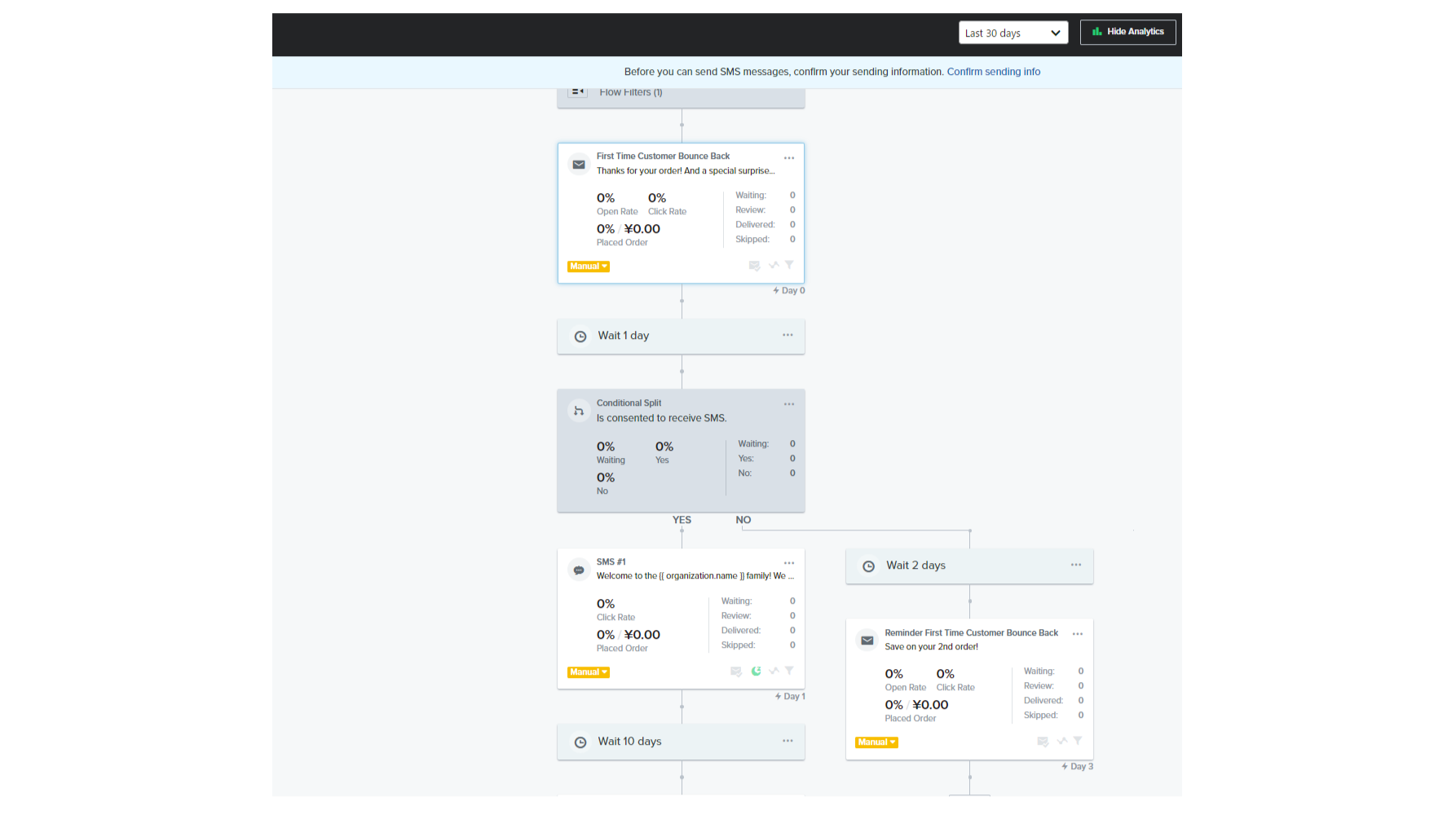
Like other tools, you can set triggers based on customer actions, such as site behavior or orders. Additionally, you can set triggers based on store-side price reductions or when customers join a pre-defined segment. For instance, if you create a customer segment called "Customers whose last purchase is within xx months", you can automatically send emails when customers are included in the segment due to the passage of time.

For users who don't know where to start, there are nearly 50 templates available. However, each template doesn't necessarily depict a completely different scenario. Rather, they represent variations of basic flows such as "abandoned cart," "newsletter subscriber," and "thank you" emails.
In general, it's best to use these templates for inspiration on how to customize them to fit your needs.



Although Klaviyo's Flow function is complex and may take some time to fully understand, it is a fascinating feature for those who aim to automate their marketing.
Send email to segments
One of the significant features of Klaviyo is its ability to create customer segments. Unlike most tools that only allow referencing customer segments on Shopify, Klaviyo enables the integration of data from Shopify and the creation of customer segments from scratch based on customer behavioral data.
You can create different customer segments using the creation form shown below.

It is possible to create a "List" by uploading a CSV file yourself. The difference between a "Segment" and a "List" can be a little confusing. A "Segment" is just a condition, so the customers in the segment change every day. On the other hand, the customers in a "List" are fixed at the time of creation.
For example, a "List" manages all subscribers of an email, while a "Segment" manages customers at risk of leaving.
Measurement for marketing performance
Similar to other tools, Klaviyo can measure open rates and click-through rates. Additionally, you can measure revenue by setting UTM parameters when creating emails. However, for reporting that includes revenue, Shopify's native "Shopify Email" is slightly more comprehensive.
One notable feature of Klaviyo is the ability to compare metrics such as email open rates and click-through rates for each customer segment. While it may not be possible to compare individual campaigns, you can gain insights into how email responses differ by segment.

Pricing of Klaviyo
Klaviyo offers both free and paid plans.
With the free plan, you can register up to 250 email addresses and send up to 500 emails. For medium and large size stores, we recommend using the free plan for a specified period to test the features.
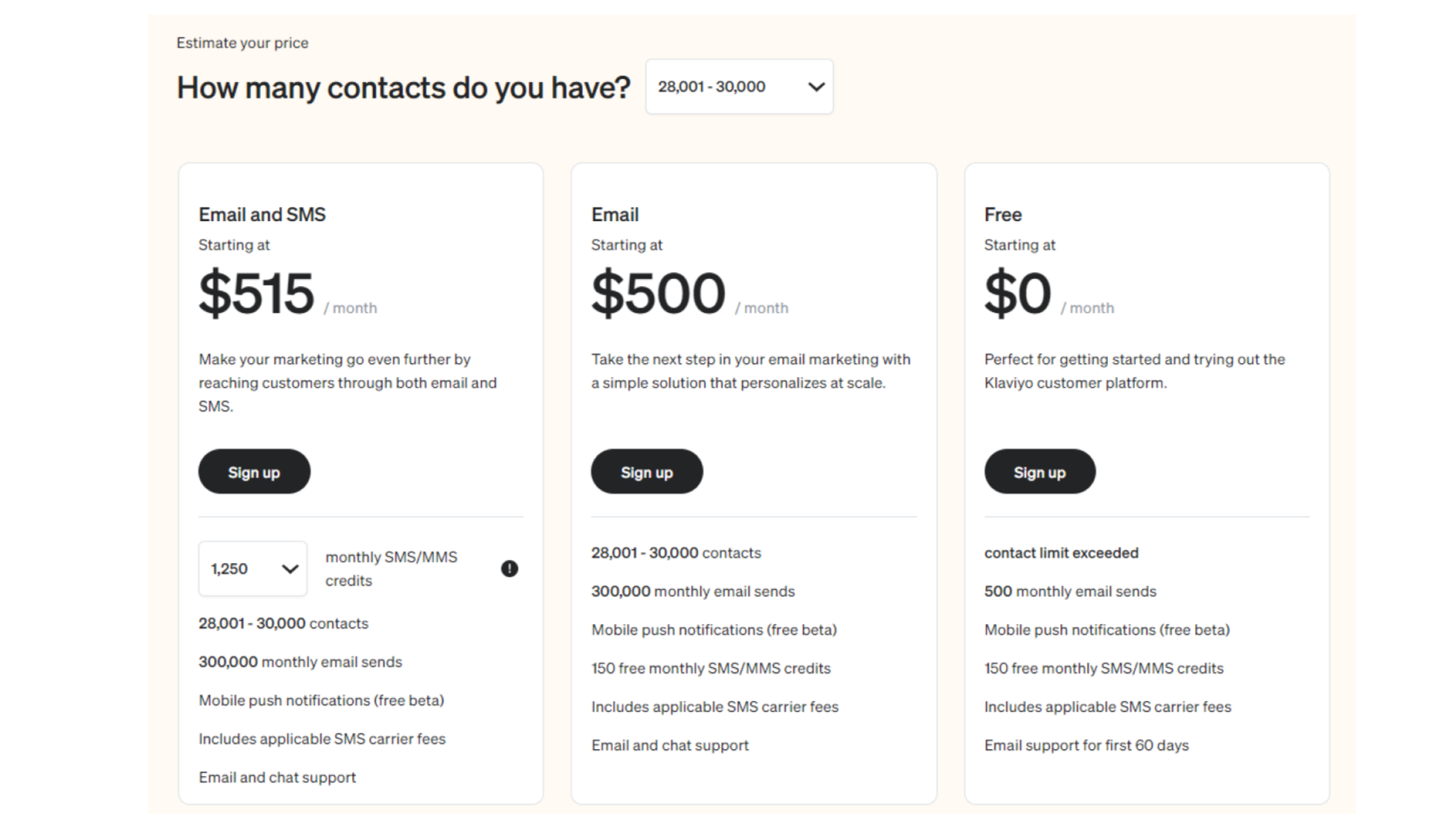
The pricing structure for the paid plan can be a bit confusing, but it is determined by either the "number of active email addresses" or the "number of emails sent", with higher numbers resulting in higher fees.
Here is an excerpt of the pricing (as of May 2023). For example, even if you only send about 5,000 emails per month, you will need to pay $150 if you have 10,000 email addresses. Conversely, if you have only 5,000 email addresses but your email sends exceed 50,000, you will need to choose a plan that costs more than $100.

As an email marketing tool, it can be considered quite expensive. However, as mentioned earlier, it offers a wide range of functions beyond just email delivery, making it a comprehensive tool. If you can take advantage of these functions, the price is worth paying.
Who Should Choose Klaviyo and Why?
Klaviyo can be summarized as follows based on its features and pricing:
- It has a capital relationship with Shopify and is recommended as a must-have app for Shopify Plus. It is a standard tool used by over 100,000 stores worldwide.
- It has excellent marketing tool features, including analysis and email address collection form creation, as well as strengths in automation and customer segmentation.
- Its usage fees are higher compared to other email marketing tools.
For stores that are familiar with email marketing operations and can utilize various functions, Klaviyo is a highly recommended tool. For mid-sized to large companies that can secure a certain budget, usage fees may not be a major concern.
However, for eCommerce stores in the initial stages of tackling email marketing or those who are not attracted to the automation function, other tools may have higher cost performance. For example, combining relatively inexpensive tools such as Shopify Mail, Mailchimp, or Omnisend with the customer segmentation tool ECPower can result in a higher cost-performance email marketing operation than using Klaviyo.
Reference article:
Step-by-Step Guide for Sending Emails in Klaviyo
We will explain how to install Klaviyo and send emails with step-by-step instructions.
First, please install "Klaviyo" from the Shopify App Store.

After installing, the customer list on Shopify is automatically synchronized.
To send emails in Klaviyo, you need to create a "List" or "Segment". Select "Segment" from "Lists & Segments" and try creating a customer segment.

To create a customer segment of those who have made at least one purchase, follow these steps:
- Choose "What someone has done" from the Definition.
- Select "Placed Order" next to "Has."
- The adjacent field is already selected as "At least once" and "over all time," so simply click "Create Segment."
- Please wait a moment as it may take several seconds to several minutes to complete the process.

Let's create an email campaign.
- Go to the "Campaigns" section and click the "Create Campaign" button.
- Provide a campaign name and date (note that the date should be different from the sending date, but selecting today's date is perfectly acceptable).
- Select "Email" and click "Save and continue."

Next, specify the recipient. Choose the customer segment you created earlier under "Send to." The "Don't send to" option excludes addresses included in the specified customer segment.

Note that you can set "UTM parameters" in the "Tracking" section. This allows you to track orders from users who clicked on the email. We recommend turning this feature on, as there is no additional charge. After completing the setup, click "Continue to Content" to proceed with creating the email. Please fill in the title, preview text, sender name, and sender email address.

You can choose a template that you prefer.

With this email builder, you can edit emails through a drag-and-drop interface.

After creating an email, you can move to the preview page to confirm the layout and contents.

After sending the email, you can check metrics such as open rates and click-through rates from the Campaign list page.
This is a brief introduction to the steps required to deliver emails through Klaviyo.
Conclusion
If you want to start in email marketing on Shopify, Klaviyo is an attractive option. It offers excellent automation and customer segmentation features. However, since it has many features, you should be prepared to spend some time and effort learning its overall picture and making the most of them.
The usage fee for email marketing tools can be quite high. However, if you can fully utilize Klaviyo's features, you can find value in paying for it. Alternatively, for stores that want to try basic email marketing first, starting with tools like Shopify Mail without using Klaviyo is also an option.
ECPower's customer segmentation tool can fully utilize Shopify store data to create advanced customer segments without code. In addition, you can compare and manage created segments based on CLV, average order value, and purchase frequency, allowing you to effectively implement email marketing activities to improve CLV. If interested, please visit the product site.

![[2023] The Ultimate Guide to Klaviyo | Introduction to Shopify's Top Email Marketing Tool](https://assets-global.website-files.com/642aaea322dda262581bd474/65113777046d708ff31cb973_klaviyo.png)

